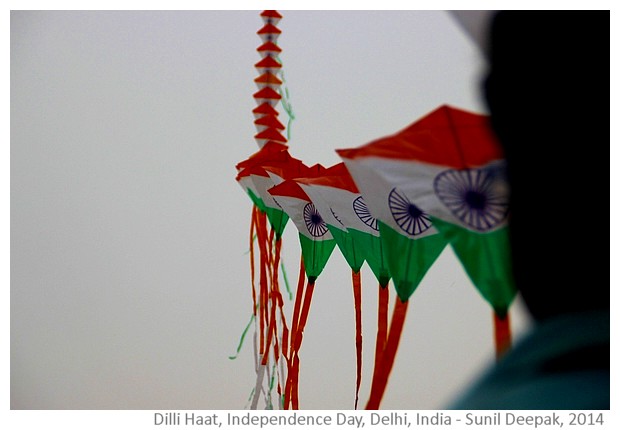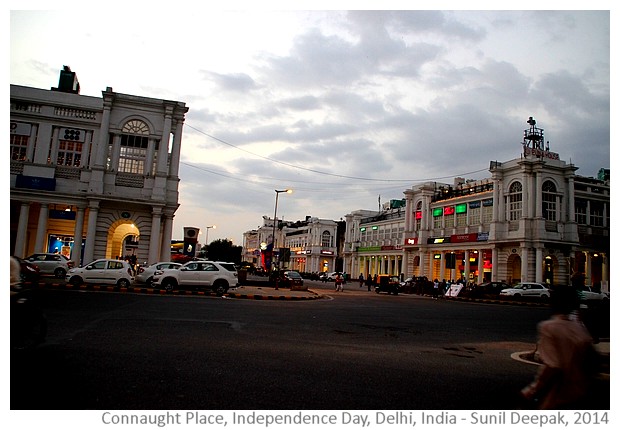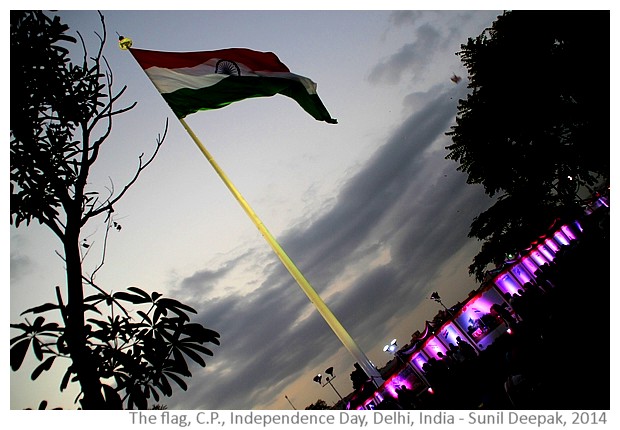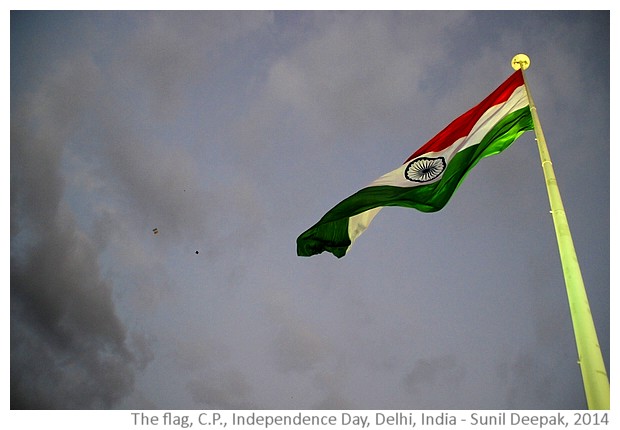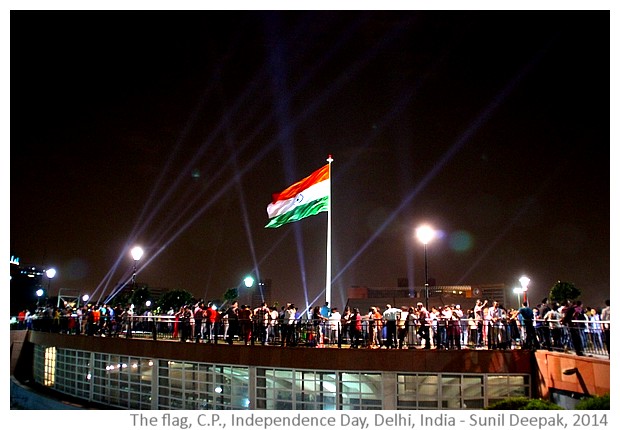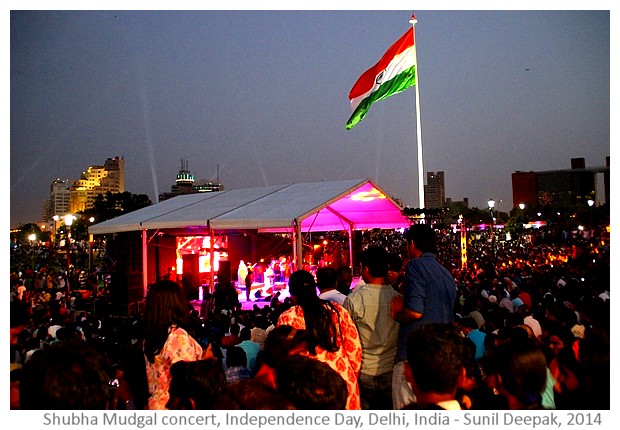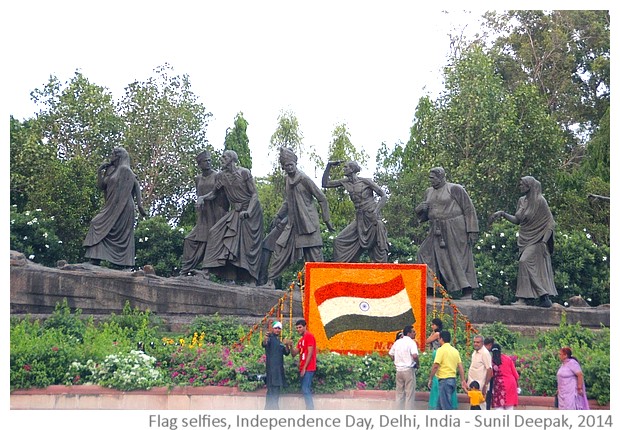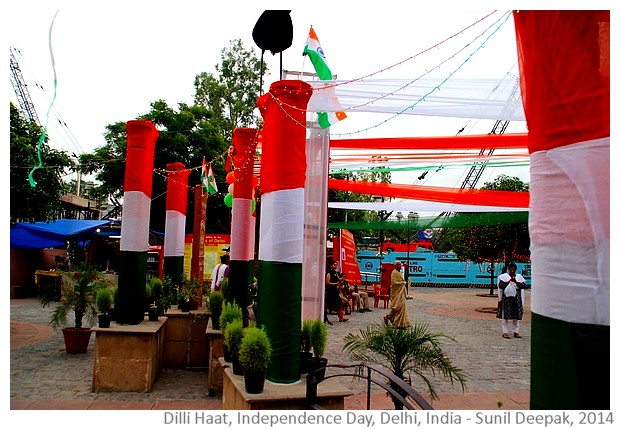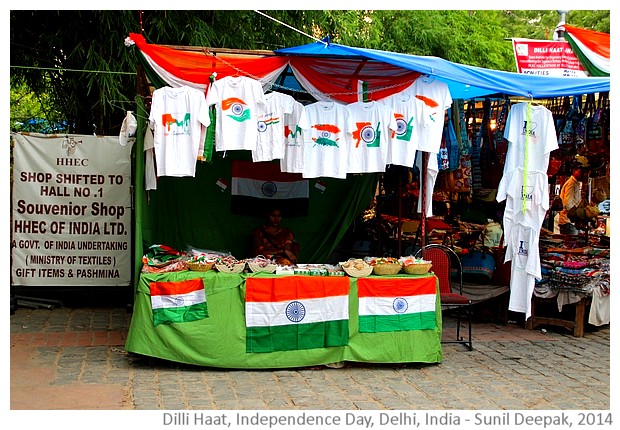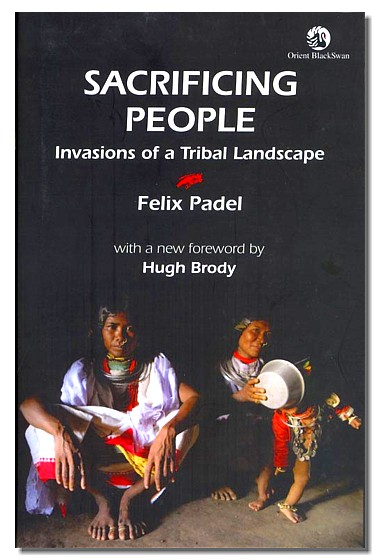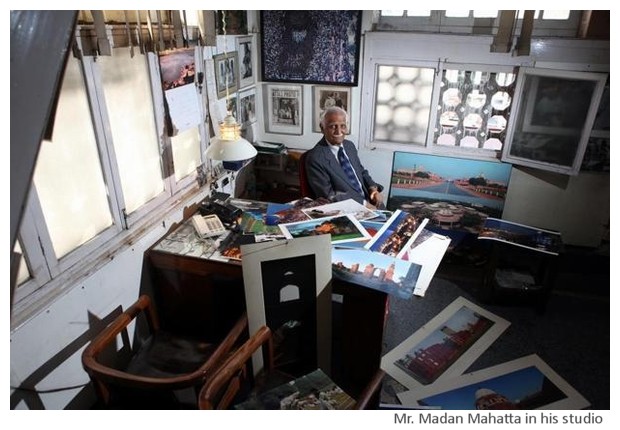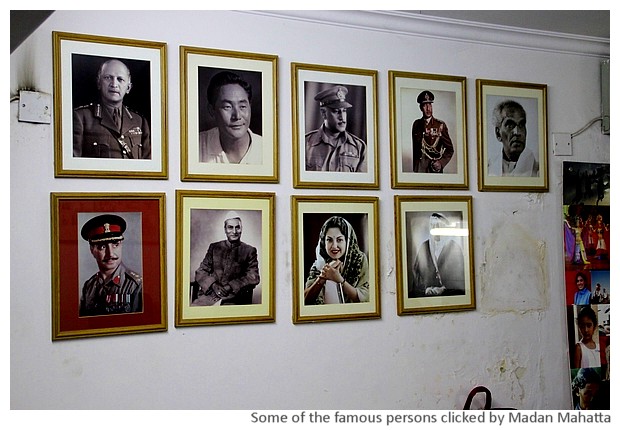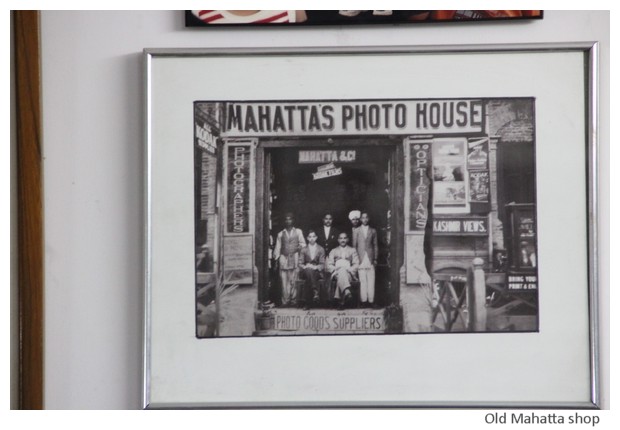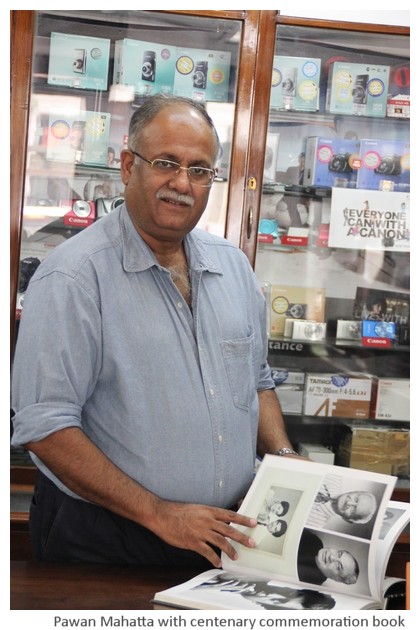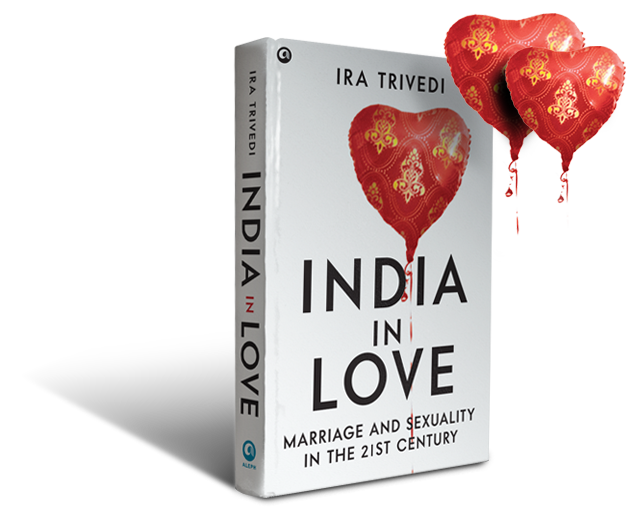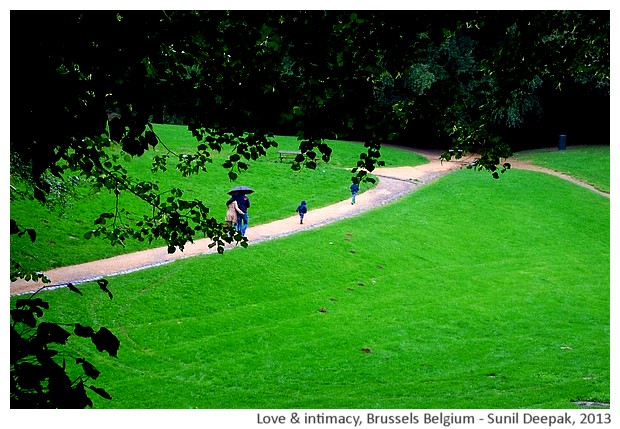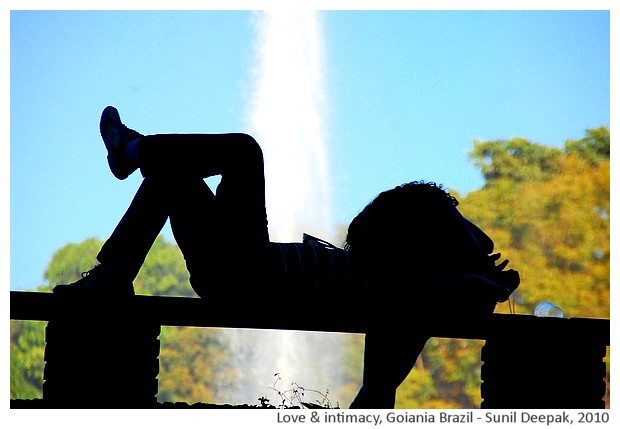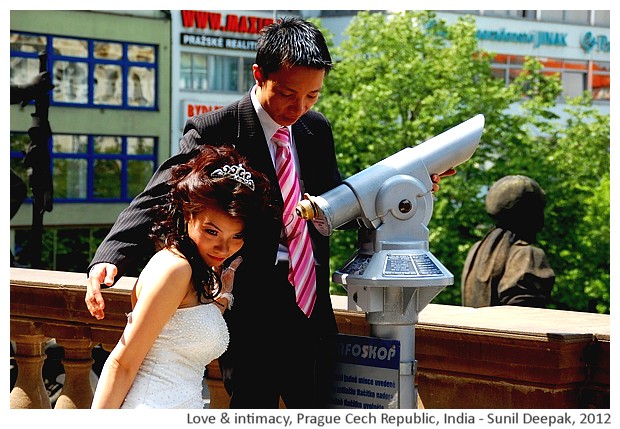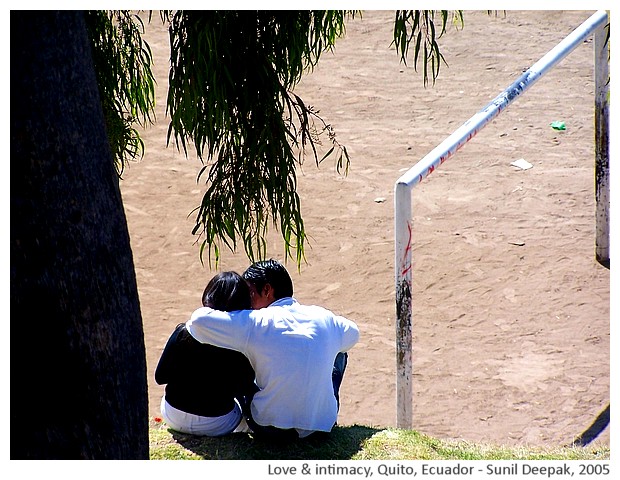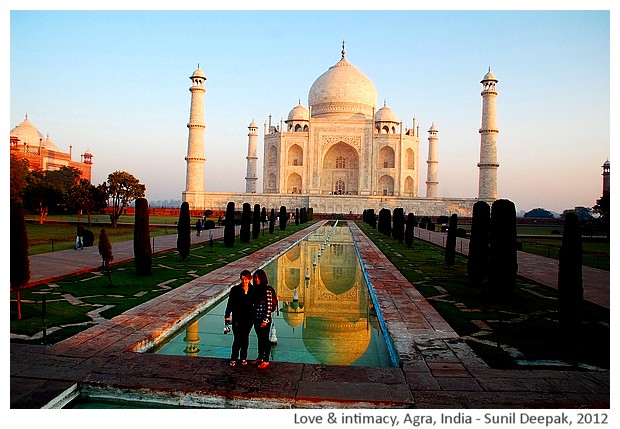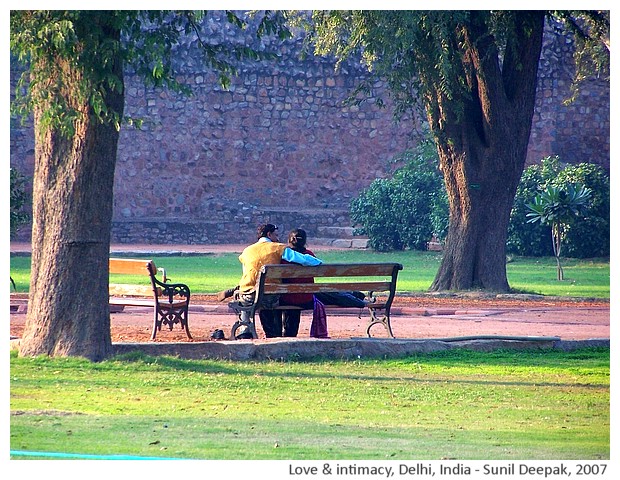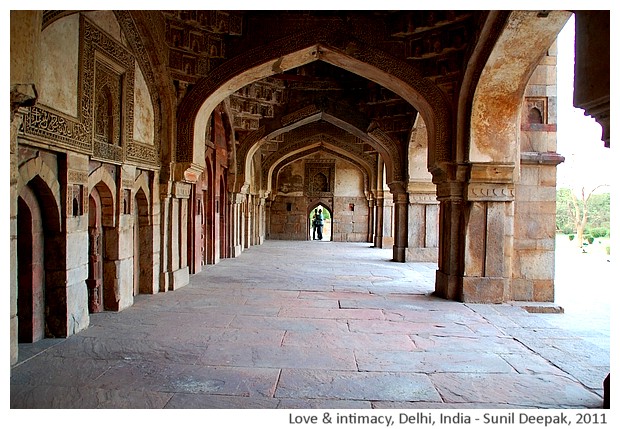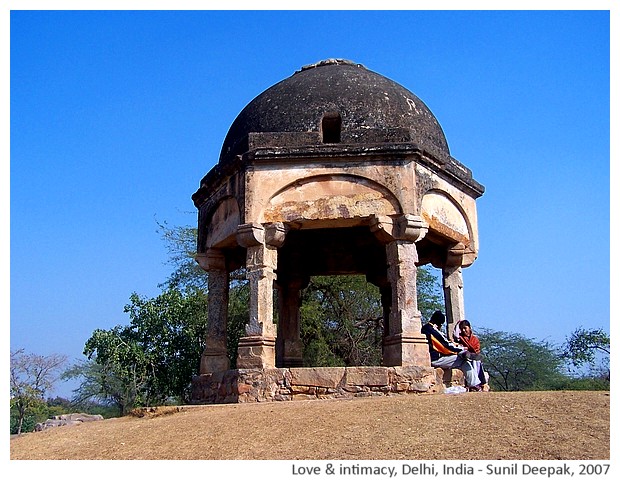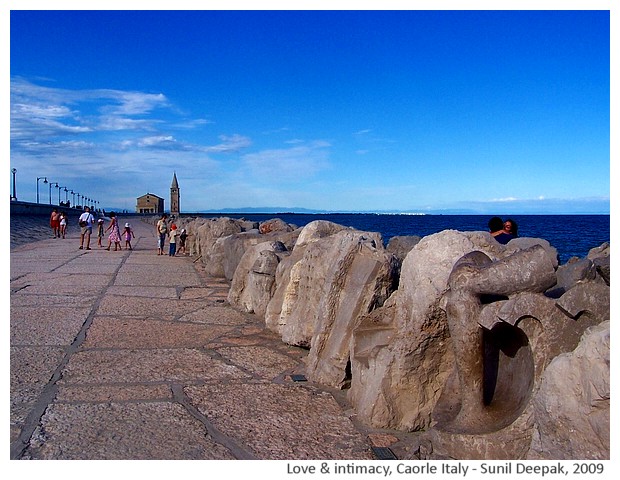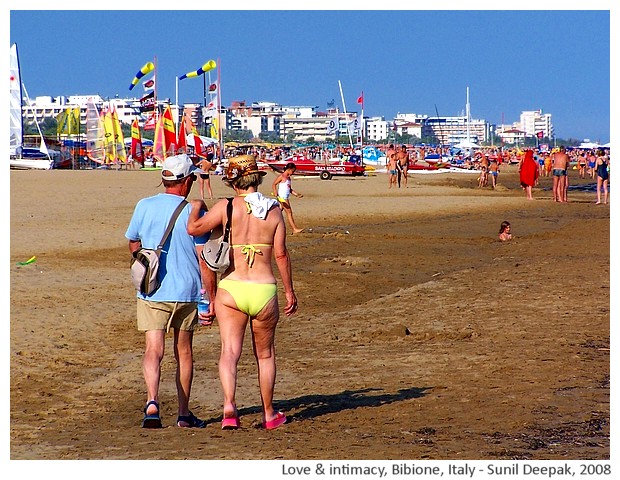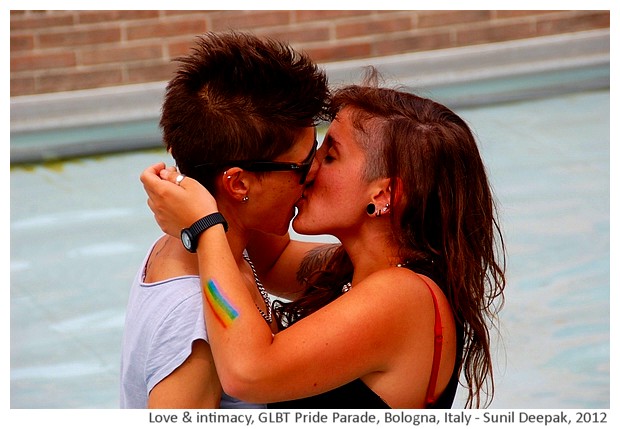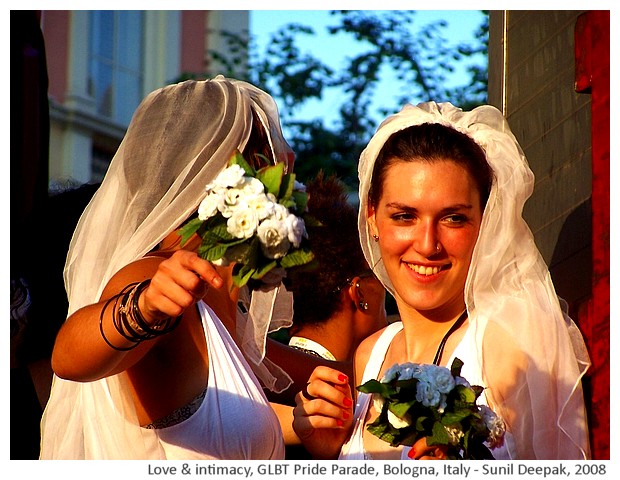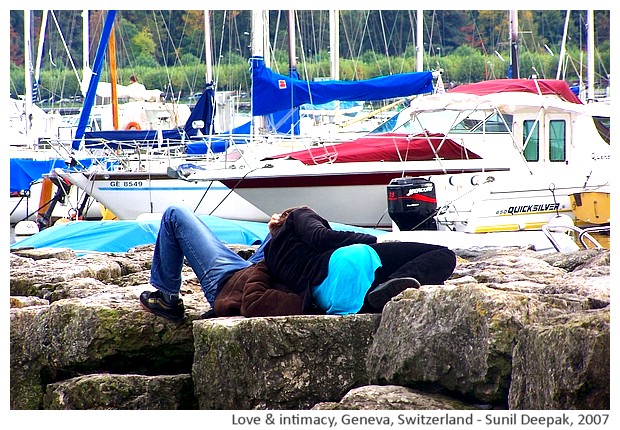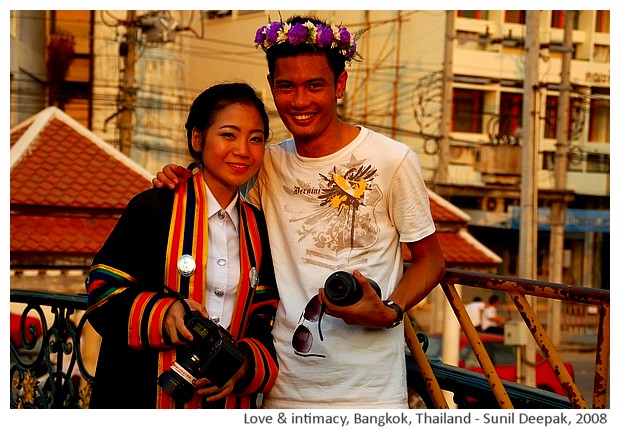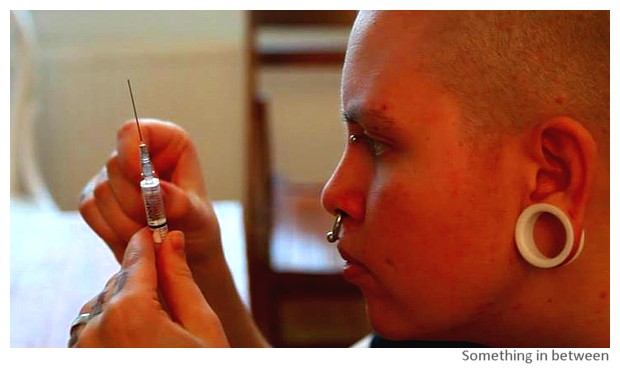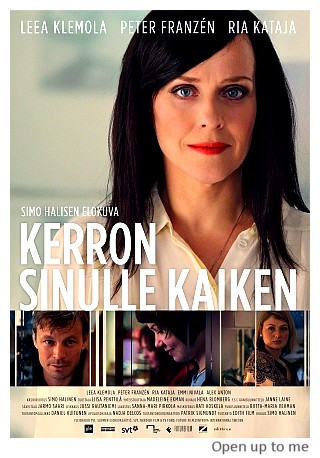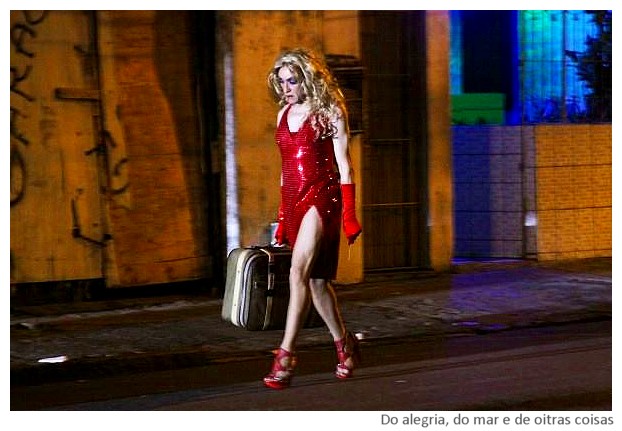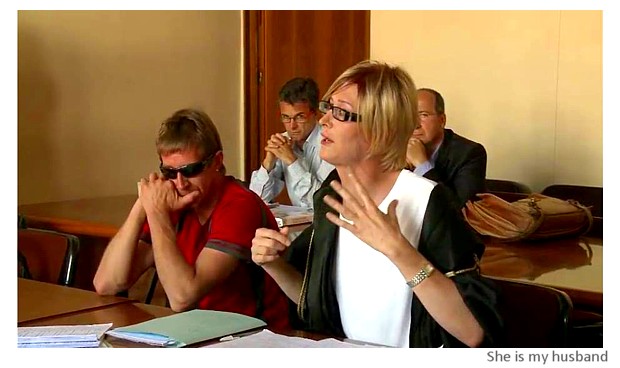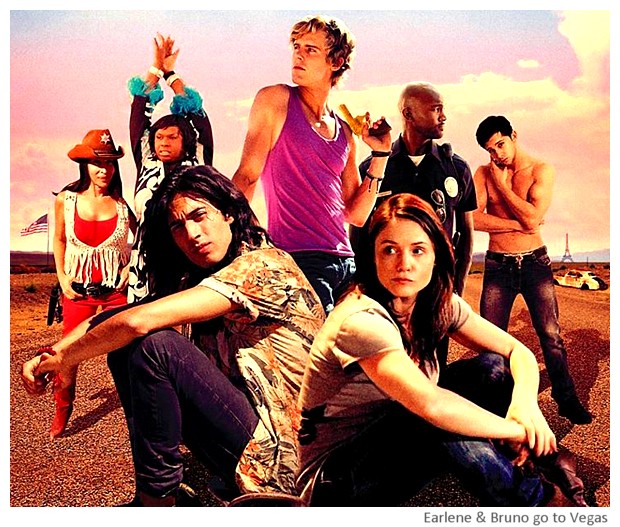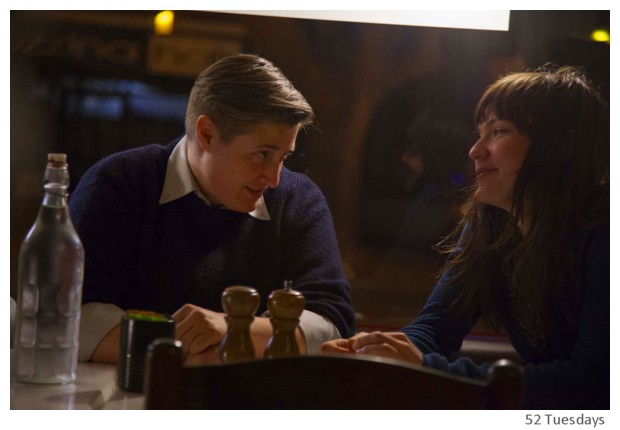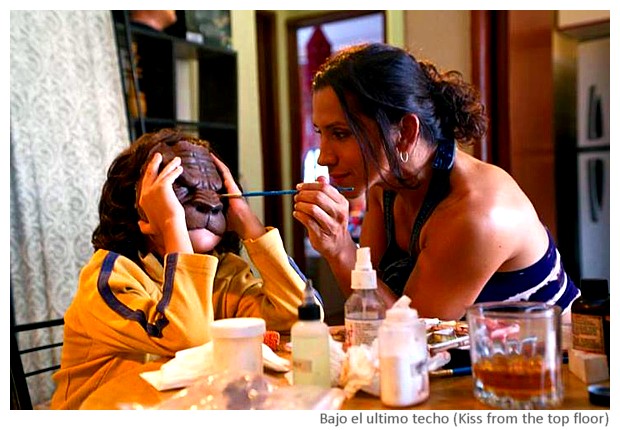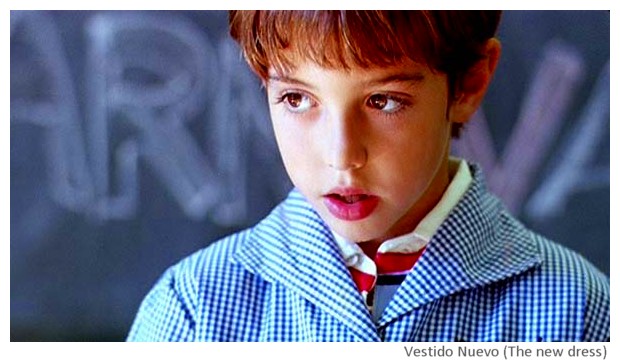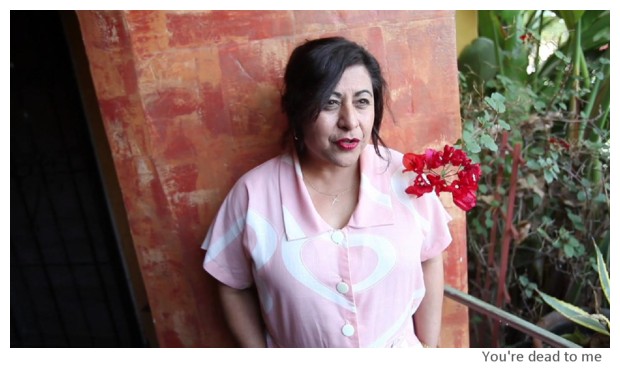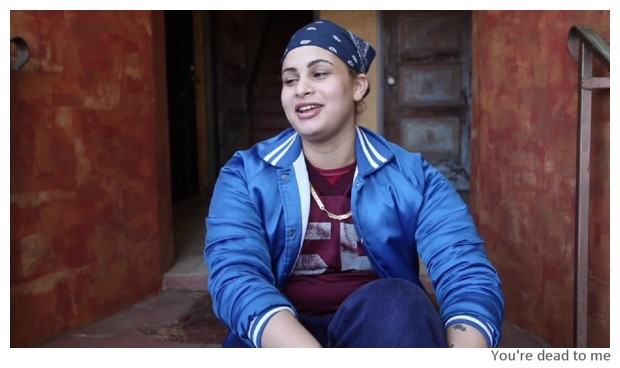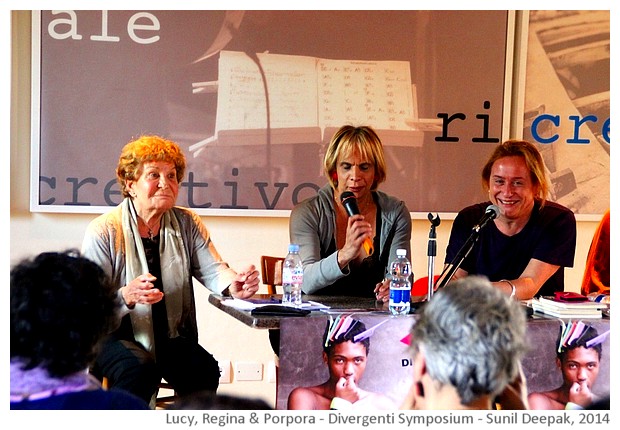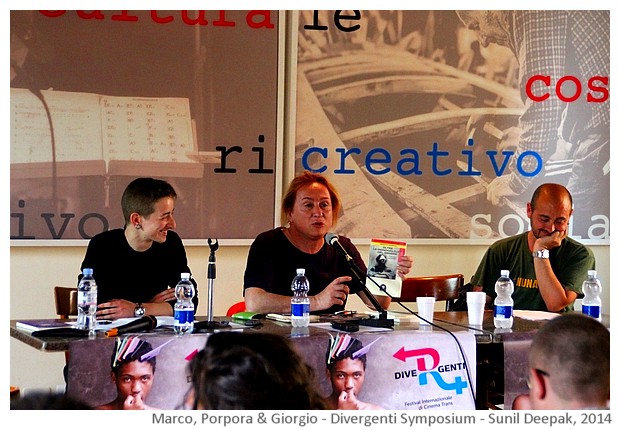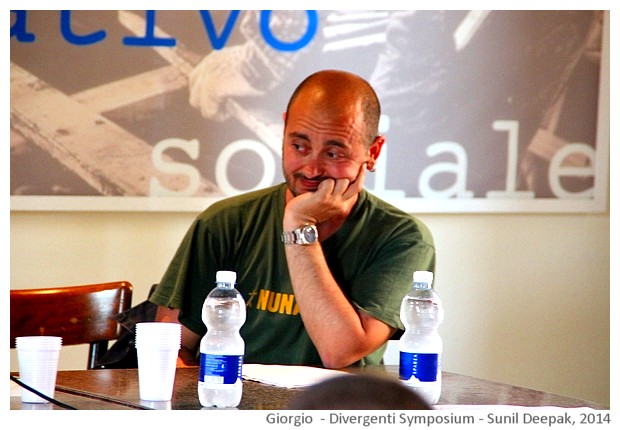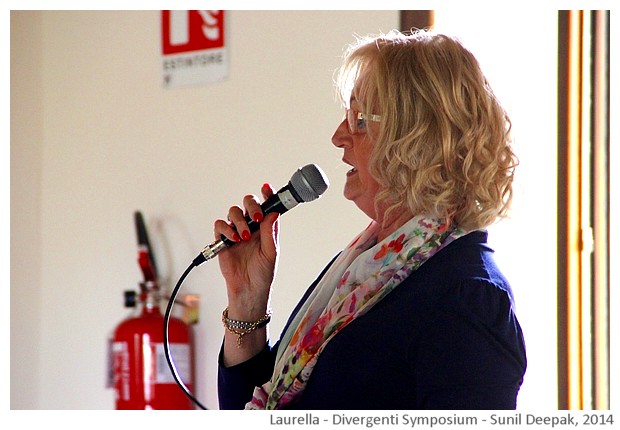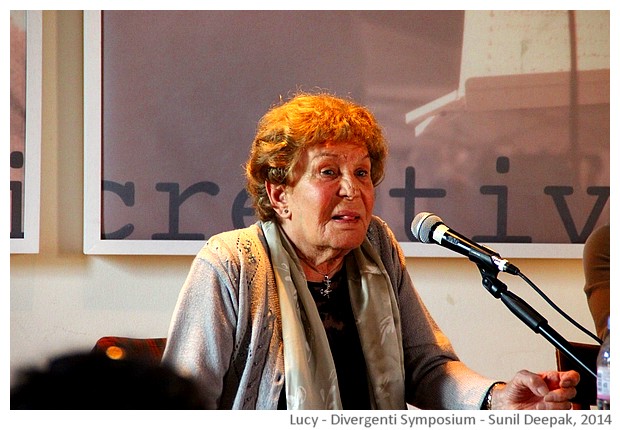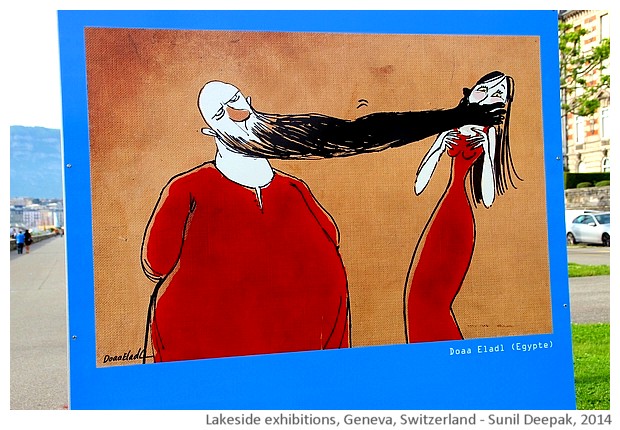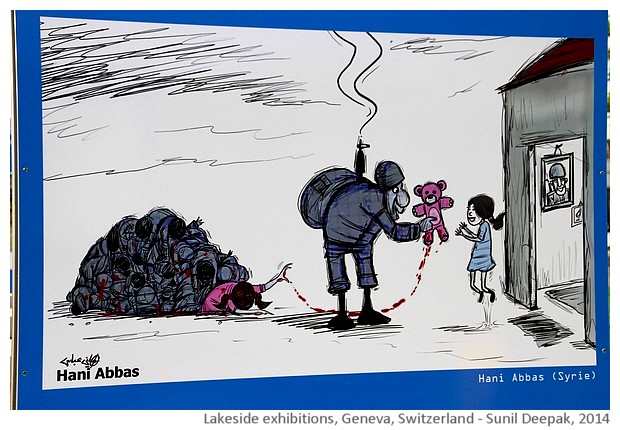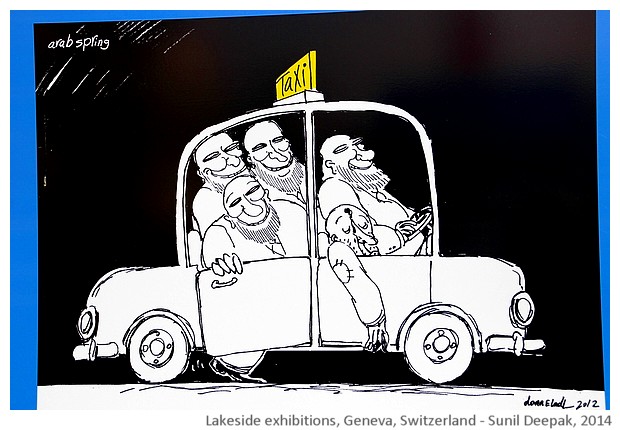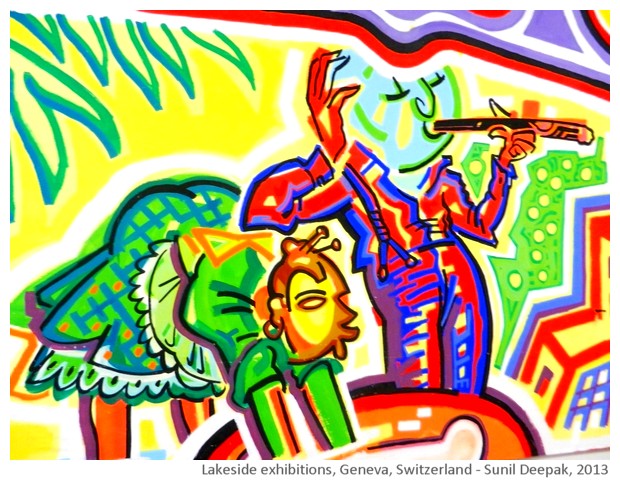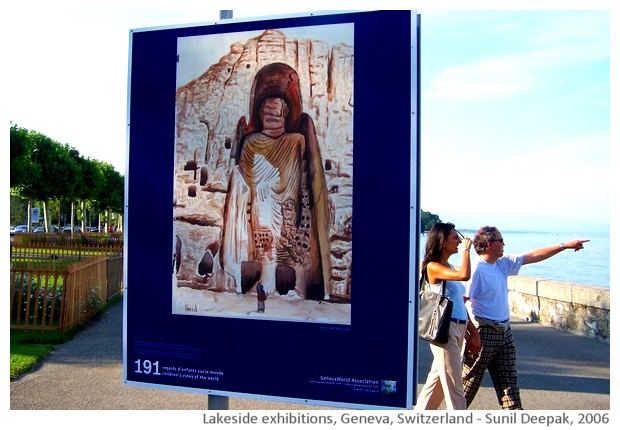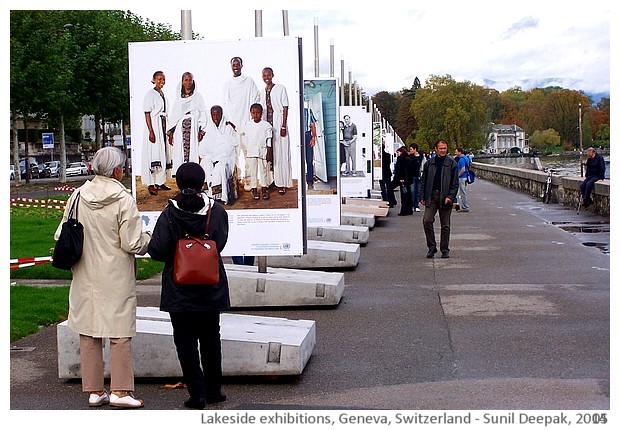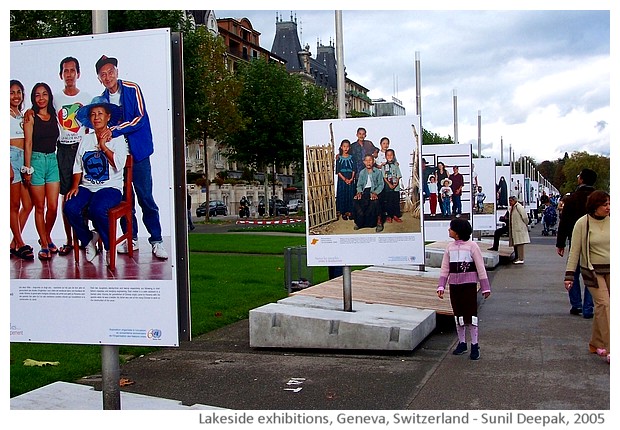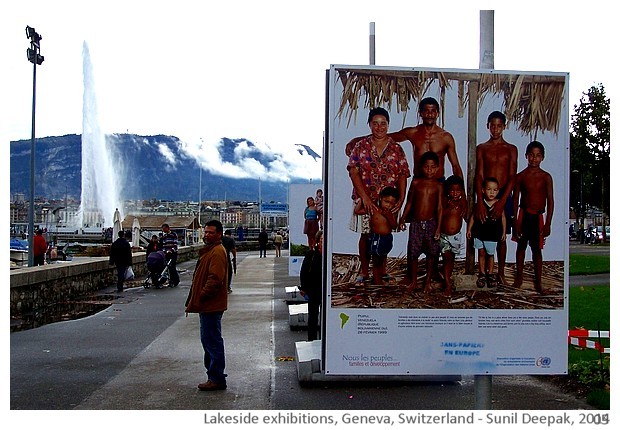
Here are some more reviews of the films shown in the International Festival of Films on Transsexual themes "Divergenti 2014" that concluded in Bologna (Italy) on Sunday 25 May.
The jury awards went to: Do alegria do mar e de outras cosas, Brazil (best short film), Fuoristrada, Italy (best documentary) and 52 Tuesdays, Australia (best feature film). In addition, Jotain Silta Valilta (Something in between), a documentary film from Finland received a special mention.
SOMETHING IN BETWEEN (FINLAND, 2013)
The original title of this documentary (45 minutes) by director Riikka Kaihovaara is "
Jotain silta Valilta". It tells the story of 27 year old Nino, who is transitioning from a woman to a man. The film is a video-diary of 2-3 year period of this transitioning.
Nino has mothered a child but he shrugs off the "motherly feelings" that he is supposed to have towards his child. Nino is also not sure if he wishes to be a man and how much of his female part, he is willing to cancel. His ideas are uncertain and change many times during this period.
He starts with hormone injections and binds his chest. As his male persona becomes more secure, he decides to get the breast operation, but has some complication during the operation and needs to be re-operated. Even after the second operation, part of his chest looks strange and his desire to stand in the park with his chest open, does not give him the pleasure he was hoping for. In the end, he gets operated once again to improve the appearance of his nipples and this time, the operation goes well.
He finally goes through a formal change of gender and there is a party to celebrate it. However, even then he is not sure that he really wants to be a man. He would prefer to be somewhere in between, not to be forced in to a specific gender.
Often films on transgender themes have good looking persons who have clear ideas and desires. However, the good thing about this film is that Nino comes across as a normal guy with normal confusions - he does not have clear ideas about his gender identity or the path he wishes to follow, and sometimes he changes his mind.
During the film, Nino changes his looks different times, trying different variations of punk with a lot of pins in his nose, ears, cheek, gums, etc. and with shaved head or with a colourful braid. It is an appearance that draws attention. Perhaps, it is a symbolic way of underlining his inability to be "normal".
I also thought that all those pins were a kind of self-punishment for not being "normal" (however, my wife disagreed with this idea).
I am happy that the film got special mention from the festival jury since it is a honest and difficult look at what does it mean to go through the change in gender identities.
OPEN UP TO ME (FINLAND, 2013)
The original title of this feature film (95 min.) by director Simo Halinen is "
Kerron Sinulle Kaiken". The film is about two persons - a transgender woman Mauri/Maarit (Leea Klemola) and a school football coach Sami (Peter Franzén).
Maarit has recently completed her transition from male to female, left her old town, family and the job to start a new life in a bigger town, where she is forced to work as a cleaning woman because of lack of opportunities. Her ex-wife is angry with her and does not want her to have any contacts with their teenage daughter Pinja (Emmi Nivala).
Maarit's therapist advises her to be more proactive and to fight for her rights. "
Talk to your daughter, get into a relationship", she tells Maarit. A coincidence brings Maarit in contact with Sami and then with his wife Julia (Ria Kataja). Sami and Julia are having problems in their marriage. Maarit is attracted towards sami who reciprocates her feelings. An affair starts. The film follows the consequences of this affair.
Around the story of Maarit, Sami and Julia, are other parallel and intersecting stories - suspicions of the police about the role of Maarit in the suicide of a school friend of Pinja, the sexual confusion of Sami's student Teo (Alex Anton), Maarit's attempts to find a job and her encounters with prostitution.
Usually films about alternate sexuality from Scandinavia present a perfect society where people are respectful of individuals' right to privacy and self-determination of their life choices, and where the institutions are supportive and non-discriminatory. However, "Open up to me" shows that in some areas of life, prejudices and discrimination continue to be strong even in the Scandinavian society. For example, the police automatically treats Maarit as a criminal and a pedophile because she is a transgender person and questions her role as a school counsellor. In another scene, classmates of Pinja make snide remarks about her father's decision to be a woman.
It is a film with a happy ending, though not in the way you may expect when it starts. It has a wonderful lead actress in the form of Leea Klemola, who is very expressive. Among the other actors, I also liked Ria Kataja as Julia. On the other hand, Peter Franzén as Sami is not always convincing. The film is also photographed very well.
You can watch
a trailer of this film on Youtube.
About Happiness, About the Sea & About Other Things (Brazil, 2012)
The original title of this Brazilian short film (13 minutes) directed by Ceci Alves is "
Do alegria, do mar e de outras coisas".
The film is about a real-life incident that occurred in Salvador (Bahia, Brazil) in 1998 when guys from the military police kidnapped two transgender women Joice and Luana, beat them and then forced them into the sea. Luana died in that incident. Joice testified against the culprits and was put under the witness protection programme.
The film revolves around the song "Mudança" (Change) and talks about Nem Glamour and Joy (instead of Joice and Luana). The film shows Nem (Rodolfo Lima) preparing for her last show in an empty hall, before leaving for the witness protection programme. As she comes out, she remembers that night and her last memories of her friend.
The brief but brutal scenes of violence in the film and evocative words of the song, become a symbol of the violence and human rights violations that often accompany the lives of transgender persons in different parts of the world. The film received the award for best short film in the festival.
The song "Mudanças" by Brazilian singer
Vanusa is very beautiful - it talks of a woman's decision to change, to empty the drawers of her memories, to clear the cobwebs of her life, to overcome fear, and to become an adult woman. The words of the song (in Portuguese)
are available and you can
hear this song on Youtube.
While watching the film, I could feel an immediate connect with the film remembering my long walks on the beach in Salvador de Bahia, where the episode shown in the film had taken place.
She is my husband (Italy, 2013)
The 50 min. long documentary film by Anna Maria Gallone and Gloria Aura Bortolini is about a lawyer, Alessandro Gracis, from a small town in north Italy and his journey for becoming a woman. The original title of the film is "
Lei è mio marito".
Alessandro was 12 years old when he first dressed in female clothes. He grew up to be a reputed lawyer, keeping his cross-dressing hidden. He had different relationships with women, but was never married. Then in 2005, when he was 50 years old, he dressed as a woman in the carnival. The compliments he received for being such a good looking woman, reinforced his desire for cross-dressing. At that time he was in relationship with Roberta.
A break-up with Roberta, who went for another relationship, coincided with slow and gradual affirmation of Alessandro's identity as a cross-dresser. Few years later, Roberta came back to his life. Together with Roberta he began a gradual journey from being a cross-dresser to be a transgender woman - through hormone treatment, a breast implant and finally a vaginoplasty (by a surgeon who is herself a transgender person).
In 2009, Alessandra came out as a transgender person in a national conference of the lawyers' association and to her clients, slowly overcoming the prejudices of her family and colleagues. However, legally she did not ask to recognized as a woman and thus in 2012, she was able to marry her companion, Roberta.
The film provides another glimpse into the diversity of transgender issues. Like Nino in "Something in between", Alessandra was also not very sure that she wanted to be a woman and her journey to the genital operation came after a lot of self-doubts and questions. She did not feel attracted towards men but was in love with Roberta (though her relationship shown in the film seems more about non-sexual love and companionship).
Many of the persons in the film remark that Alessandra is very masculine in her likes, attitudes and behaviour - for example, the way she is careless about clothes and accessories of other woman, and her enthusiasm for football. This again goes against the stereotype images prevalent about MtF women.
Galloni, one of the film-directors, explained that Alessandra has to deal with a lot of prejudice but they decided to not to show it in the film. For example, her three sisters have not accepted this change. In the film, one of her sisters' says, "I can't understand it. If he had been gay it would have been easier to understand."
You can watch
a trailer of this film on Youtube.
Bruno and Earlene Go To Vegas (USA, 2013)
This 96 min. feature is the
first film of British director Simon Savory. It is a road movie full of quirky characters, most of whom also have some kind of sexual issues.
The main characters of the film are Earlene (Ashleigh Sumner) and Bruno (Miles Szanto) who meet one evening in Venice Beach and get drunk and sleep together, without having sex with each other. Together, they start on a journey towards Los Angels in a stolen car. On the way, to escape the police, they meet up with a blond-nice-but-stupid hunk called Billy (Barrett Crake).
In the desert, they reach an isolated ghost town with some strange characters including a couple of ex-stripper guys and an ageing black drag queen who is also a tap dancer. The travellers face a crisis and they must deal with secrets from their past.
It is a beautifully shot film with good editing and music. The quirky characters make it an enjoyable watch.
The film could have been much better with a tighter script. The film is enjoyable, but the script is full of holes.
For example, the relationship between Earlene and Bruno is never clarified and you can't understand what binds them together. Just because an older woman has slept for a night in the same bed with a young guy with unclear sexuality (Bruno is shown as an inter-sexual person), she would follow him next day in a car and then force her way in the office of some secret research organisation to save him from sexual exploitation, seems kind of juvenile and unbelievable.
Another example of not too well thought out script is the issue of money - in some scenes they are shown without any money, but in the next scene, they don't seem to have any problem in buying gas for the car and sleeping in the motels on the way.
The casting of the film is good and most of the performances, starting from that of Sumner, are great. So if you are not too picky about things like the logic of the story and you like quirky characters, you will enjoy this film.
Conclusions
On the whole, the 2014 festival of films on transsexual themes was a great experience - I enjoyed almost all the films. When you are watching one film after another, it is easy to get bored or end up with a headache. However, in none of the films I felt bored.
Compared to 2013, when the different transsexual issues were a novelty for me, this year, I knew the kind of things I could have expected from the festival. Still there were new things to understand and learn.
Human beings are incredibly diverse. We use words like hetreo, gay, bisexual, transgender or intersexual, to talk about sexuality but these are just words - these do not define the incredible variety of life paths and life choices of individuals. It is important not to pigeon-hole people just on the basis of categories but rather we should celebrate the richness of human diversity.
You can also read my two other posts related to the Divergenti 2014 film festival - (1)
Divergenti symposium and (2)
first part of reviews of films from the festival.
***
